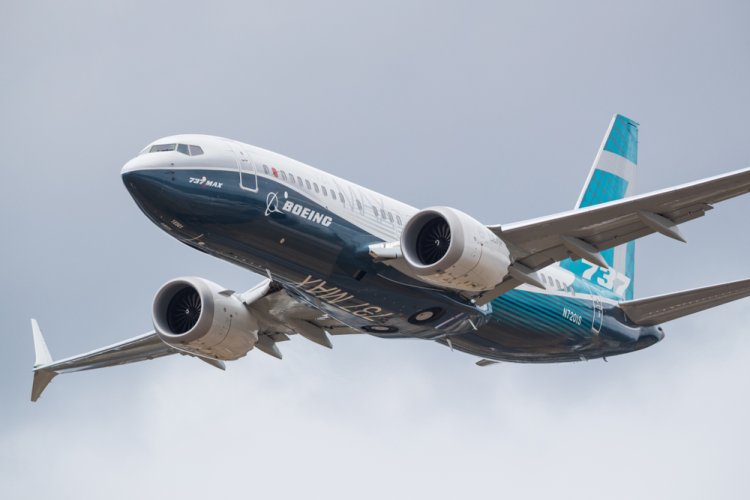NASA awarded Boeing 425 million dollars
NASA awarded Boeing 425 million dollars to develop a fuel-efficient passenger plane.

The future of ecologically sustainable aviation should be built around a new generation of narrow-body passenger planes that reduce fuel consumption and harmful emissions by at least 30%.
NASA announced this week that Boeing will join the initiative to produce a demonstration of a future ecological passenger airliner (Sustainable Flight Demonstrator).
This project should result in the creation of a concept that will serve as the foundation for a new generation of more environmentally efficient narrow-body passenger aircraft.
NASA and Boeing will collaborate to design, test, and launch a demonstration aircraft to demonstrate the feasibility of the concepts and technology required to drastically reduce hazardous gas emissions in aviation.
NASA will invest 425 million dollars in this project over the next seven years, out of a total required 725 million dollars. The remaining funds will be invested by Boeing and its partners, with NASA assisting with knowledge and the transfer of necessary plants and equipment.
Boeing claims to have already spent $110 million on internal research into sustainable aviation technologies, which is not factored into the above statistic.
Boeing's concept, on which the new generation's showcase aircraft will be built, is already known. It is a plane with long, narrow transonic wings and supports (Transonic Truss-Braced Wing). The concept is seen to have the ability to revolutionize the present narrow-body passenger aircraft engineering paradigm.
The TTBW concept is the culmination of more than a decade of effort and development inside prior NASA and Boeing programs, and it will now get new momentum and, potentially, real-world implementation.
The project's ultimate goal will be to develop an aircraft that consumes roughly 30% less fuel and emits at least the same amount of harmful gases into the atmosphere as today's most efficient generation of narrow-body aircraft, using innovative wings, propulsion systems, materials, and architecture.
The initiative also aligns with the United States' long-term objective of achieving net zero emissions from the aviation industry by 2050.
Post by Bryan C.





























